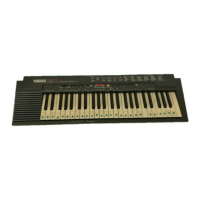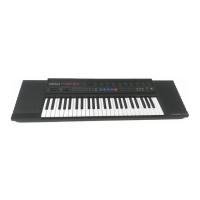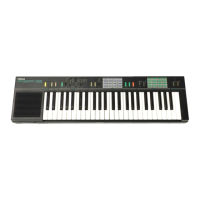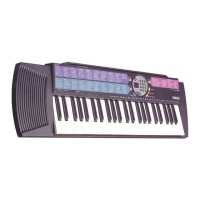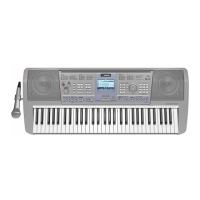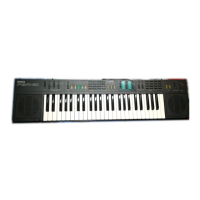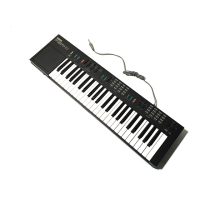Why is there no sound coming from my Yamaha Electronic Keyboard?
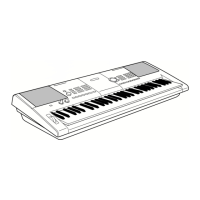
Why is there no sound coming from my Yamaha Electronic Keyboard?
| Number of Keys | 61 |
|---|---|
| Touch Response | Yes |
| Polyphony | 32 |
| Display | LCD |
| Amplifiers | 2.5W + 2.5W |
| Speakers | 12cm x 2 |
| Sound Engine | AWM Stereo Sampling |
| Songs | 30 |
| Effects | Reverb, Chorus |
| Connectivity | Headphones |
| Power Supply | PA-130 Power Adapter |
Basic precautions to avoid serious injury or death from electrical shock, short-circuiting, damages, fire or other hazards.
Basic precautions to avoid physical injury to you or others, or damage to the instrument or other property.
Adjusting two knobs to add varying degrees of distortion, sweetness, or other characteristics to a sound.
Automatically produces arpeggios (broken chords) when playing appropriate notes on the keyboard.
Play along with a song, sounding like a pianist even with wrong notes.
Instructions on using the AC power adaptor or batteries for instrument power.
Steps for connecting and using the AC power adaptor to power the instrument.
Steps for inserting and replacing the six 1.5V D-size batteries for power.
Procedure for connecting the instrument to a computer via USB for data transfer.
Identification and description of the controls and terminals located on the front panel.
Identification and description of the controls and terminals located on the rear panel.
Learn how to assign effects like Filter, EG, and Tempo to the instrument's two control knobs.
Learn to play songs with both hands using Performance Assistant Technology, allowing for mistakes.
Introduction to auto-accompaniment styles and how to select a style rhythm.
How to add bass and chord accompaniment to a basic rhythm for a full arrangement.
Learn the two methods for playing auto-accompaniment chords: Easy Chords and Standard Chords.
How to select and play a second voice (dual voice) in addition to the main voice.
How to play different voices on the left and right of the keyboard split point.
Learn about the Education Suite for hands-on musical lessons with songs.
Feature to repeatedly practice difficult sections of a song by jumping back measures.
Steps for selecting tracks, starting recording, and stopping the process.
Procedure to clear all backup data and restore instrument to default settings.
Procedure to clear song data and style files transferred from a computer.
Simple operations: pressing buttons, using the dial, and starting functions.
How to save current panel settings (voice, style, etc.) to registration memory for quick recall.
How to recall previously saved panel settings from registration memory to instantly set controls.
How to find and adjust detailed instrument parameters using the FUNCTION button and dial.
Steps for connecting the instrument to a computer via USB, including driver installation.
How to transfer performance data (songs, styles) between the instrument and a computer via USB.
Details on transferring MIDI songs, Style files, and backup files between computer and instrument.
Step-by-step guide for using Musicsoft Downloader to transfer songs from the CD-ROM to the instrument.
How to transfer backup files and set up transferred songs for lessons.
Instructions for uninstalling and installing software, including the USB-MIDI driver.
Detailed steps for installing the USB-MIDI driver on Windows 98/Me, 2000, and XP.
Instructions for installing Musicsoft Downloader and Digital Music Notebook applications.
Common issues and solutions for driver installation, USB connection, and playback problems.
Solutions for issues like popping sounds, mobile phone interference, no sound, or unexpected stops.
Troubleshooting tips for styles/songs not playing, sound quality issues, or display problems.
Chart detailing transmitted and recognized MIDI messages, functions, and control parameters.

